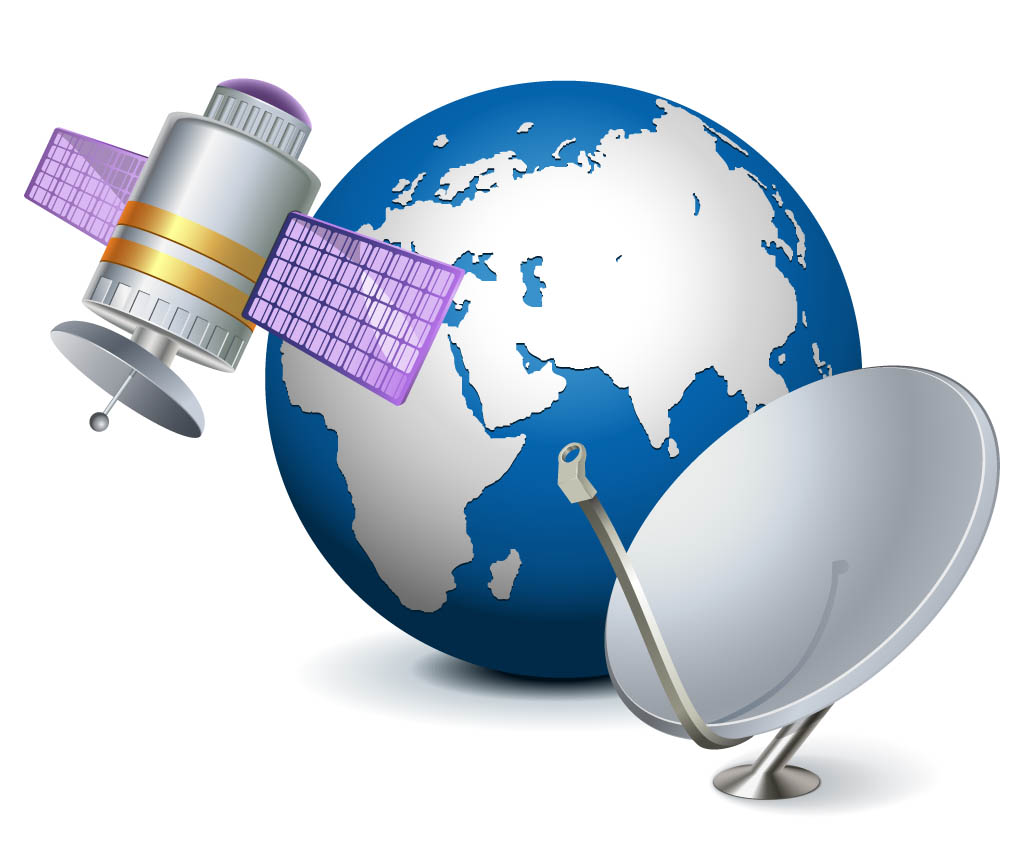
Receiving television signals from an Earth-orbiting satellite is known as satellite television. They deliver the signals to a dish antenna on the ground, which in turn sends them to a receiver, which decodes and displays them on television.
Frequency modulation (FM) is a method used in satellite TV. This indicates that the carrier wave on which the audio and video signals are carried is modulated at a frequency higher than the audio and video frequencies. The ground receives the modified carrier wave after it has been sent from the satellite.
The modulated carrier wave is picked up by the dish antenna on the ground, which then transforms it back into audio and visual signals. The signals are subsequently decoded by the receiver and shown on a television screen.
What is Satellite TV?
By transmitting television content from a communications satellite circling the Earth directly to the viewer’s location, satellite television provides viewers with access to television programming. A low-noise block downconverter and an outside parabolic antenna, often known as a satellite dish, are used to receive the signals.
The intended television show is subsequently decoded by a satellite receiver and displayed on a television. Receivers can be built-in television tuners or external set-top boxes. There are many channels and services available on satellite television.

Here are a few benefits of satellite TV:
- Wide coverage: As long as there is a good view of the sky, satellite TV signals may be received practically everywhere on the globe.
- High-quality picture and sound: Signals from satellite TV are frequently of a higher caliber than those from cable or terrestrial television.
- Wide range of channels: There are several channels available from satellite TV providers, including both regional and cable channels.
- Flexibility: Customers of satellite TV have the option to select the channels and bundles they want to watch.
Here are a few drawbacks:
- Cost: Compared to other types of television, including cable or terrestrial television, satellite TV might be more expensive.
- Installation: A dish antenna and receiver must be installed to use satellite TV.
- Weather: Weather conditions, such as rain or snow, can have an impact on satellite TV broadcasts.
Overall, those who want a large selection of channels and excellent sound and visual quality should consider satellite TV. Before picking a satellite TV, it’s crucial to take the price and setup time into account.
The History of Satellite TV
The early years of the space race were when satellite TV first became popular. The Telstar 1 satellite, the first to broadcast television signals over the Atlantic Ocean, was put into orbit in 1962. This made it possible to use satellites to provide television content to viewers all over the world.
Several businesses started experimenting with satellite TV in the early 1970s. The first satellite designed expressly for use by the then-three national television networks (CBS, NBC, and ABC) was launched by RCA in 1975 with the Satcom 1 satellite. Later in the same year, HBO leased a transponder on Satcom 1 and started sending television shows to cable companies via satellite.
In the 1980s, the generalization could now be more easily and affordably watched. DIRECTV and DISH Network are two of the many new businesses that entered and joined the market. These businesses provided a range of bundles including local and national channels.
In the late 1970s, the first residential satellite TV systems were created. Large dish antennas were necessary for these systems, which were quite costly. They did, however, provide viewers with a huge selection of channels that weren’t supplied by cable or regular broadcast television.
Today, satellite TV is a popular choice for those who seek a large selection of channels and excellent sound and picture quality. Before picking a satellite TV, it’s crucial to take the price and setup time into account.
Here are some significant turning points in satellite TV history:
- 1962: The Telstar 1 satellite, the first to broadcast television signals over the Atlantic Ocean, is launched.
- 1975:The first satellite designed expressly for use by the then-three national television networks (CBS, NBC, and ABC) is launched by RCA as Satcom 1.
- 1976: Taylor Howard creates a DIY satellite receiving system for the home.
- 1978: PBS starts using satellites to provide its broadcast content.
- 1980: The Home Satellite Viewers Act, which enables US homeowners to own and manage their home satellite systems, is passed.
- 1982: DIRECTV is established.
- 1985: The founding of DISH Network
- 1994: Launch of the first HD channel by DirecTV
- 2002: Launch of the first HD channel by DISH Network
- 2006: Launch of the first DVR service by DIRECTV
- 2008: Launch of the first DVR service by DISH Network
- 2012: The first over-the-top (OTT) service from DIRECTV is released.
- 2015: Launch of the first OTT service by DISH Network
As you can see, satellite TV has a rich and famous history. Since the early days of the space race, satellite TV has advanced significantly, and it is now a common choice for consumers who want a large selection of channels and high-quality images and sounds.
How Does Satellite TV Work?
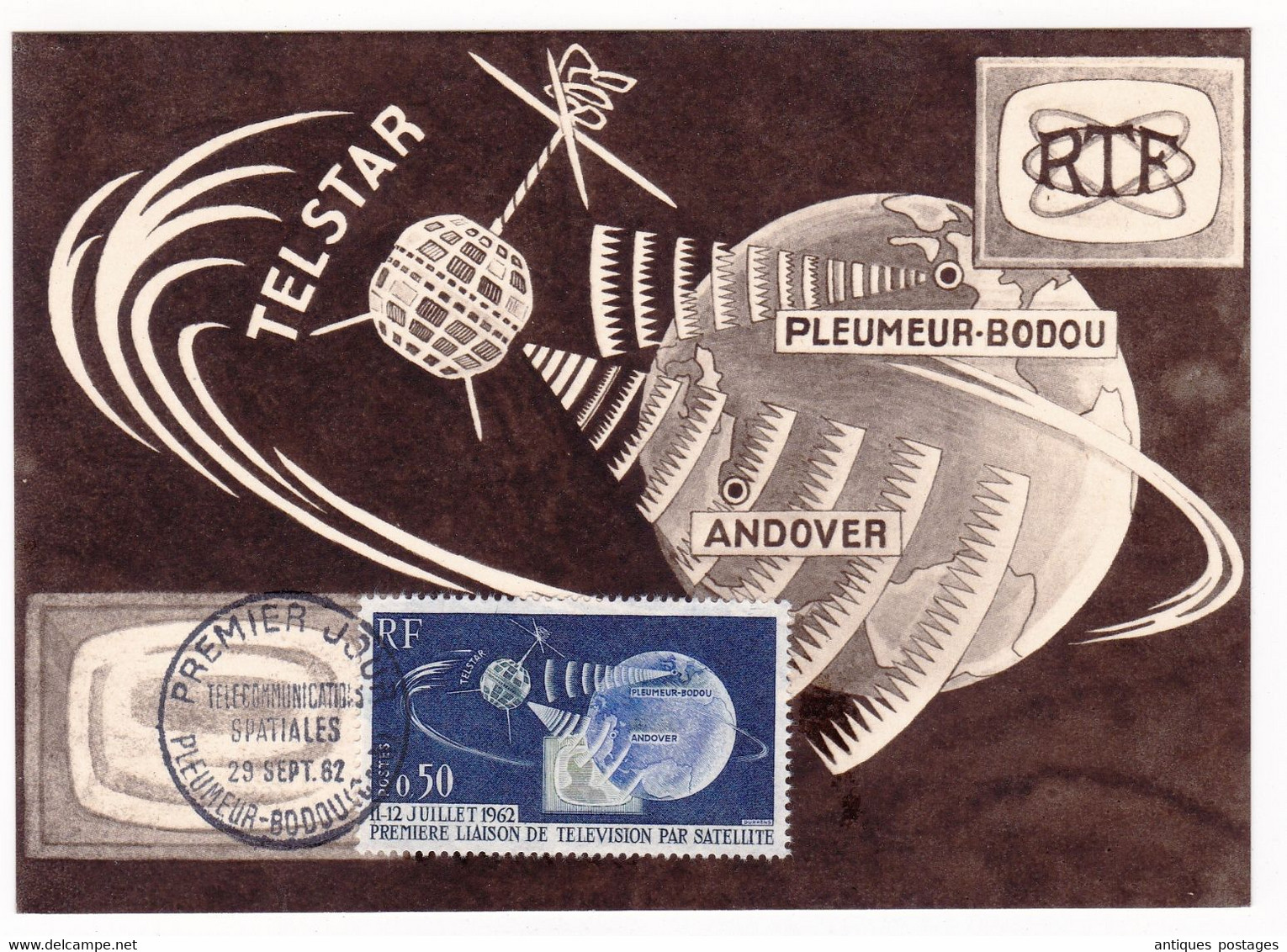
The method used by satellite TV is known as frequency modulation (FM). This means that a carrier wave with a modulation frequency higher than the audio and video frequencies is used to carry the encoded audio and video signals. The satellite then transmits the modified carrier wave to the Earth.
The modulated carrier wave is picked up by the dish antenna on the ground, which then transforms it back into audio and visual signals. The signals are subsequently decoded by the receiver and shown on a television screen.
Satellite Signals and Transmission
Radio waves are used to transmit satellite communications. Electromagnetic radiation includes radio waves, which move through the air in straight lines. Typically, Ku-band or Ka-band, which are two frequency bands ideally suited for satellite communications, are used to send satellite signals.
How far a radio wave may travel depends on its frequency. The wavelength of a wave decreases with frequency, limiting how far it may travel. The Ku-band satellite frequency ranges from 10 to 18 GHz, and its maximum range is 2,500 miles. Ka-band satellite transmissions have a frequency of 18–31 GHz and a range of around 1,000 miles.
A dish antenna on the ground receives satellite signals from a satellite. The dish antenna’s purpose is to gather satellite radio waves and direct them toward a receiver. The signals are subsequently decoded by the receiver and shown on a television screen.
A few things can have an impact on how satellite signals are sent. The weather is one aspect. When utilizing satellite TV, it’s crucial to have a clear view of the sky because rain and snow can attenuate (weaken) satellite signals. The separation between the satellite and the dish antenna is another aspect. The signals will be weaker the further away the satellite is.
In general, satellite transmissions are a trustworthy method of transmitting data across great distances. When utilizing satellite TV, it is crucial to be aware of the various elements that might impact the transmission of these signals.
Here are a few examples of the many satellite signals:
- Video signals: Television programming is transmitted using these signals.
- Audio signals: Radio and other audio content, such as music, are sent using these waves.
- Data signals: Data transmission methods like email and internet access employ these signals.
Satellite TV Reception
Receiving satellite signals and translating them into television content is known as satellite TV reception. The position, size, kind, and location of the dish antenna, as well as the type of receiver and the weather, all affect how well satellite TV signals are received.
The Role of Set-Top Boxes
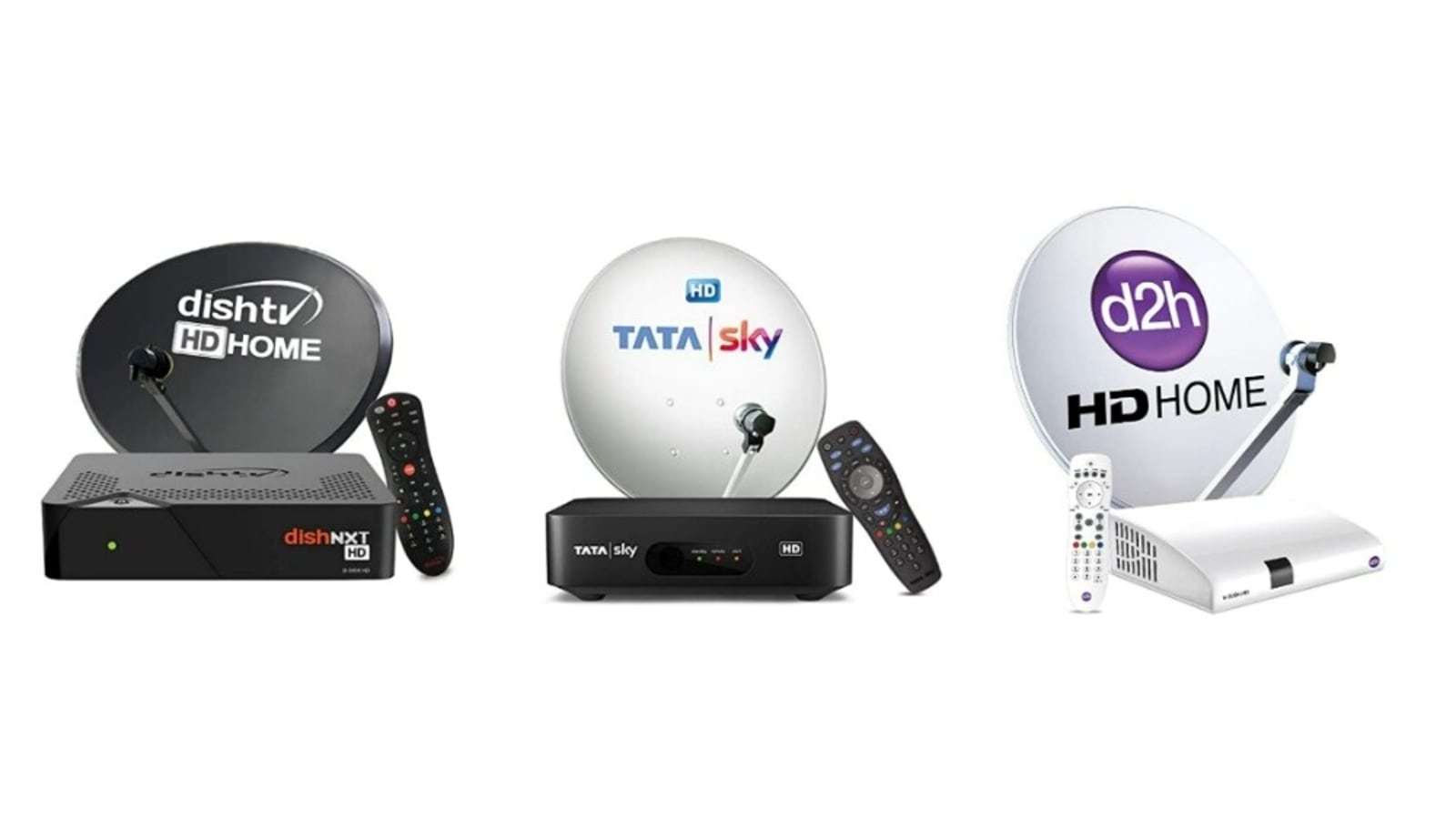
To offer television programs, a set-top box (STB) is a gadget that plugs into a television and decodes signals from a satellite, cable, or other source. Cable, satellite, and over-the-air television systems all employ STBs in addition to other applications.
Here are some of the roles of set-top boxes:
- Receive and decode signals: The signals are decoded into television programs by STBs when they are received from a satellite, cable, or other source.
- Provide access to a variety of channels: Access to a range of channels, including local and national channels, is possible with STBs.
- Enable interactive features: Interactive features like pay-per-view, video-on-demand, and time-shifting can be enabled by STBs.
- Record and store programming: Programming may be recorded and stored on STBs so you can view it later.
- Connect to the Internet: STBs have an Internet connection, allowing you to access online resources, including streaming services and web surfing.
STBs are a crucial component of watching television today. They offer interactive features, provide access to a large number of channels, and let you record and save content. A set-top box is an excellent choice if you want to improve the quality of your television viewing.
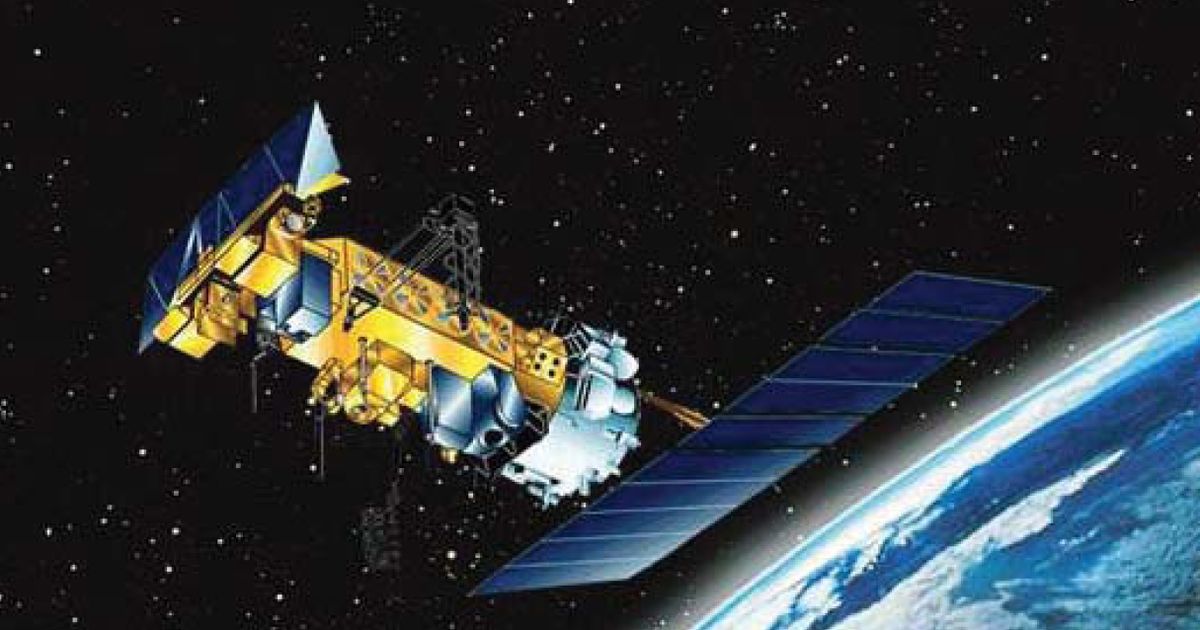
Advantages of Satellite TV
Wide Coverage and Signal Quality
- As a result of their geosynchronous orbit, satellites maintain a constant distance from the Earth. As long as there is a good view of the sky, satellite transmissions may thus be received practically everywhere in the world.
- Other signals, such as those from radios or cell phones, do not interfere with satellite communications. This implies that, compared to cable or terrestrial television broadcasts, satellite transmissions are often of greater quality.
- To enhance signal quality, satellite operators employ several technologies, including digital compression and error correction. This implies that even in spots with bad reception, you may obtain a clear picture and sound.
Access to International Channels

Due to geosynchronous orbit, which keeps satellites in a constant location around the Earth, satellite TV can access worldwide channels. As long as there is a good view of the sky, satellite transmissions may thus be received practically everywhere in the world.
Channels from foreign nations are frequently included in bundles offered by satellite TV companies. This is due to the rising demand for global content as viewers search for ways to stream their preferred television episodes and motion pictures at home.
International channels can be offered by satellite TV companies in a few different ways. Leasing transponder space on satellites orbiting other nations is one option. As a result, consumers in those nations can access the satellite TV provider’s channels.
Using a method known as “multicasting,” satellite TV operators may also offer overseas channels. A single satellite broadcast may be received by several receivers thanks to multicasting. This enables a satellite TV operator to serve numerous nations with the same signal without having to buy transponder space on additional satellites.
Finally, a service known as “IPTV” is used by certain satellite TV providers to deliver foreign channels. The acronym “IPTV” refers to “Internet Protocol Television.” IPTV is a method of transmitting television content over the internet. This implies that viewers may use their laptops, tablets, or cell phones to access overseas channels.
All things considered, satellite TV is a terrific way to get access to overseas networks. International channels may be provided by satellite TV providers in several ways, and this trend is expected to continue.
Read More: TV Campaigns: Unleashing the Future of Measurable Results
Bundled Packages and Options
You may save money on your television subscription by choosing from one of the many alternatives and bundles that satellite TV companies provide. Local, national, international, and premium channels like HBO and Showtime are frequently included in these bundles.
Satellite TV companies can provide bundles and alternatives in a few different ways. One strategy is to provide a “base package” with a specific number of channels. Additional packages that provide more channels or premium channels can be added to this base bundle.
Additionally, some satellite TV companies provide “bundles” that combine their services with others, like the Internet or phone. If you’re searching for a method to save money on several services, this can be an excellent choice.
The following are some advantages to choosing satellite TV bundles and options:
- Convenience: Saving money on your television subscription may be simple with satellite TV bundles and alternatives. All of this can be done online, including selecting the channels and packages you wish to subscribe to.
- Affordability: In comparison to other choices, including cable or terrestrial television, satellite TV packages, and possibilities may be a more affordable method to watch television.
- Flexibility: Packages and alternatives for satellite TV can offer a flexible way to watch television. As your demands change, you may modify your packages or add more channels.
Satellite TV bundled packages and alternatives are a terrific choice if you’re searching for a strategy to reduce the cost of your television service. There are several packages offered, so you may pick one that meets your requirements and price range.
Read More: Benefits of satellite tv in your home
Disadvantages of Satellite TV
Weather Interference
The atmosphere is where satellite TV transmissions travel, and the environment itself can interfere with these signals. This may result in poor picture quality or even a complete loss of reception.
The following are a few examples of weather conditions that might obstruct satellite TV signals:
- Rain: Rain can impair satellite signals, which might result in distorted or fuzzy images.
- Snow: Additionally, snow can weaken satellite signals, and in cases of extreme snowfall, reception may be lost.
- Fog: While fog may sometimes weaken satellite communications, the effects are often not as bad as those caused by snow or rain.
- Wind: Reception may be impacted if the dish antenna moves due to wind.
- Lightning: Satellite transmissions may be interfered with by lightning. This may result in a broken image or possibly a total signal loss.
Consider switching to a different television provider, such as cable or terrestrial television, if you are in a region with severe weather. However, even if you live somewhere with mild weather, you could occasionally run into issues with satellite TV coverage.
Initial Setup Costs
Depending on the size and kind of antenna, the price of the dish antenna might change. Depending on the features that are offered, the receiver’s price may also change. The position of the dish antenna and the degree of complexity of the installation might also affect the cost of installation.
The following are some elements that may have an impact on the initial setup fees for satellite TV:
- The size of the dish antenna: The cost of larger dish antennas is higher than that of smaller dish antennas.
- The type of receiver: More feature-rich receivers cost more than those with fewer functions.
- The location of the dish antenna: Installing dish antennas in locations with challenging topography or barriers may cost more.
- The difficulty of the installation: Costlier installations may be those that are more challenging.
Overall, the price of installing satellite TV might be a drawback. However, the cheaper monthly rates that are frequently imposed might outweigh the price of satellite TV.
Limited Internet Connectivity

Satellite TV is less dependent on internet access than other types of television, such as streaming services, because it uses signals sent by satellites in orbit. However, certain satellite TV services, including the following, require internet access.
- On-demand content: On-demand video is sometimes available via satellite TV providers and may be viewed online. Movies, television series, and other programming are examples of this content.
- Interactive features: Some satellite TV services contain interactive elements, such as polls and gameplay. For these functions to function, an internet connection is needed.
- Streaming apps: On devices like smartphones and tablets, several satellite TV providers provide streaming apps that may be used to watch programming. For these apps to function, an internet connection is needed.
These satellite TV capabilities might not be available to you if your internet link is poor. Additionally, you could notice latency or buffering when streaming material if your internet connection is poor.
Future Trends in Satellite TV
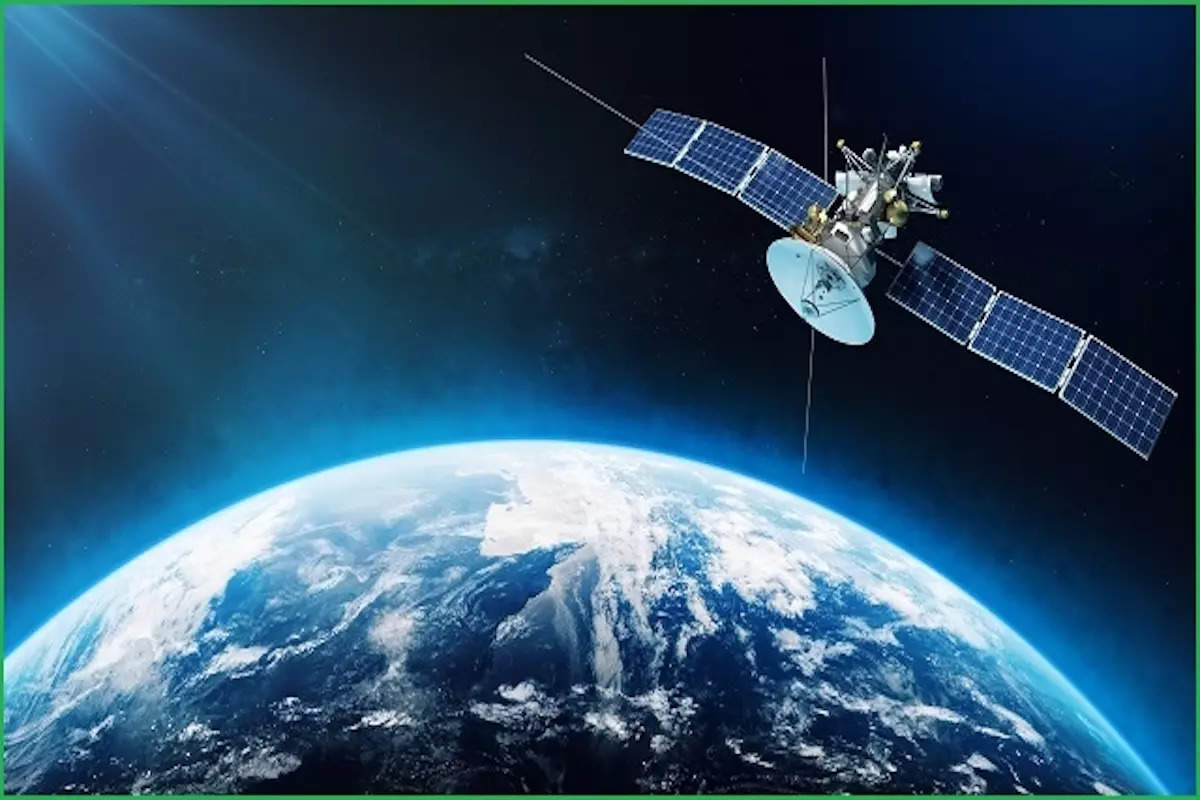
Advancements in Satellite Technology
Numerous new trends in satellite TV are being produced by the ongoing development of satellite technology.
Some of the most significant trends are listed below:
Satellites are getting more potent, lighter, and smaller. They can now be sent into orbit more quickly and affordably as a result.
- High-definition (HD) and ultra-high-definition (UHD): HD and UHD channels are increasingly available via satellite TV providers. As a result, viewers will experience crisper sound and sharper visuals.
- Broadcasting on multiple frequencies: Multiple frequencies are being used by satellite TV companies for their broadcasts. This enables them to provide additional channels and data-heavy services, including 4K streaming.
- Smaller, lighter, and more powerful satellites: Satellites are getting more potent, lighter, and smaller. They can now be sent into orbit more quickly and affordably as a result.
- Direct-to-home (DTH) satellite TV: A technique called DTH satellite TV enables users to receive satellite TV signals at home. This contrasts with conventional satellite TV, which calls for a dish antenna from the viewer.
- Internet Protocol Television (IPTV): A technology called IPTV transmits television content over the Internet. In other words, users may watch material via satellite TV on their laptops, tablets, and cell phones.
These are just a handful of the trends that will affect how satellite TV develops in the future. In the years to come, we may anticipate seeing even more cutting-edge and fascinating advancements as satellite technology continues to advance.
Integration with Online Streaming
A trend that will eventually emerge is the combination of satellite TV with web streaming. This trend is being fueled by several variables, such as the rising use of streaming services, the desire for on-demand material, and the expansion of high-speed internet access.
Satellite TV companies may combine with online streaming in several different ways. Offering streaming apps that enable users to watch programming from satellite TV on their laptops, tablets, and cell phones is one method to do this. Another option is to provide integrated bundles that combine streaming and satellite TV services.
Integrating satellite TV with web streaming has several advantages. Viewers of satellite TV may find it more convenient as a result of this integration because they will be able to access their preferred programming on any device. By combining streaming services with satellite TV in one bundle, this integration may also lower the cost of satellite TV for viewers.
Future developments are anticipated to see a rise in the combination of satellite TV and web streaming. Satellite TV will be easier to use, more adaptable, and more pleasant than ever thanks to this integration.
The following are some advantages of combining satellite TV with web streaming:
- Convenience: The ability to watch preferred material on computers, tablets, and smartphones is available to viewers.
- Affordability: Viewers may purchase a single bundle that includes streaming services and satellite TV.
- Choice: Viewers now have more options for what they may watch because they can get material from both streaming platforms and satellite TV.
- Personalization: By selecting the material they want to see and the time they want to watch it, viewers may tailor their watching experience.
Overall, it is probable that users and satellite TV providers will both profit from the trend of combining internet streaming and satellite TV. Satellite TV will be easier to use, more adaptable, and more pleasant than ever thanks to this integration.
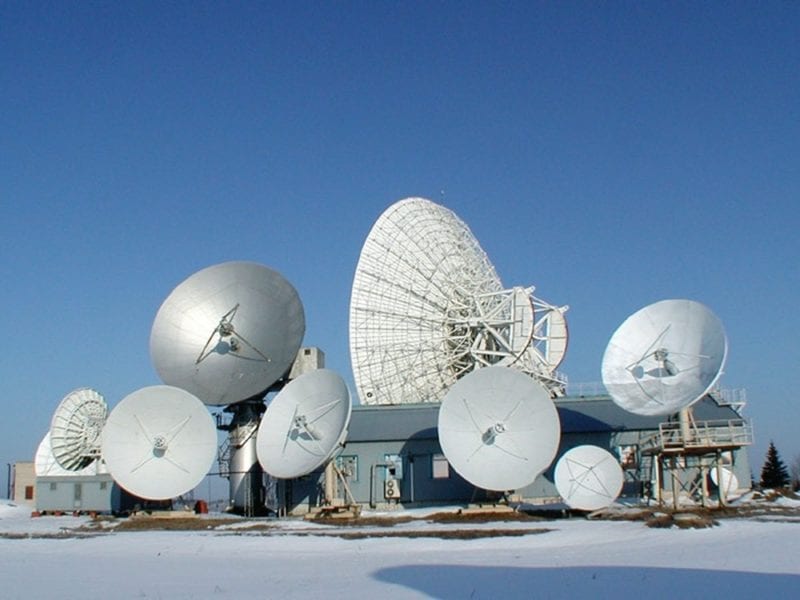
Conclusion
A fantastic method to watch television is via satellite. It provides a huge selection of channels, excellent sound, visual quality, and ease. The initial setup expenses and the possibility of weather interference are two drawbacks of satellite TV, though.
Satellite TV has a bright future. New advances in satellite technology include broadcasting on various frequencies, HD and UHD channels, and direct-to-home (DTH) satellite TV. Satellite TV is now more accessible, adaptable, and pleasant than ever thanks to these advances.
Another trend that is probably going to keep developing in the future is the combination of satellite TV with online streaming. Viewers will find satellite TV more convenient thanks to this integration because they will be able to access their preferred programs on any device. Viewers would also benefit financially because they would be able to combine streaming services and satellite TV in one bundle.
Overall, watching television through satellite is a terrific option. It provides excellent visual and sound quality, a large selection of channels, and is convenient. Satellite TV has a promising future and will probably be a common way to watch television for many years to come.
FAQs
1. Do I have access to satellite TV anywhere?
As long as there is a direct line of sight to the satellite in the sky, satellite TV may be received in the majority of places on Earth.
2. Exist any subscription plans that include both internet connections and TV channels?
Certain satellite TV companies do provide bundles that combine restricted internet connections with TV channels.
3. How does the visual quality of cable TV and satellite TV compare?
For a more immersive watching experience, satellite TV frequently offers greater picture quality, including HD and Ultra HD shows.
4. What transpires with satellite TV transmissions during inclement weather?
Inconvenient weather can momentarily interfere with satellite TV transmissions, resulting in signal loss until the situation improves.
5. Can I see foreign channels on satellite TV?
Yes, satellite TV gives viewers access to a variety of worldwide channels that provide programming from other nations and cultures.
Read More:
- Decoding Fast Food Marketing | Behind The Cravings
- Product Marketing vs Growth Marketing Demystified
- Unveiling Epic Citadel Product Placement Magic!
- Strategy Workshops 101: Your Path to Excellence
- Ignite Impact: Discover the Dynamic Branding Work
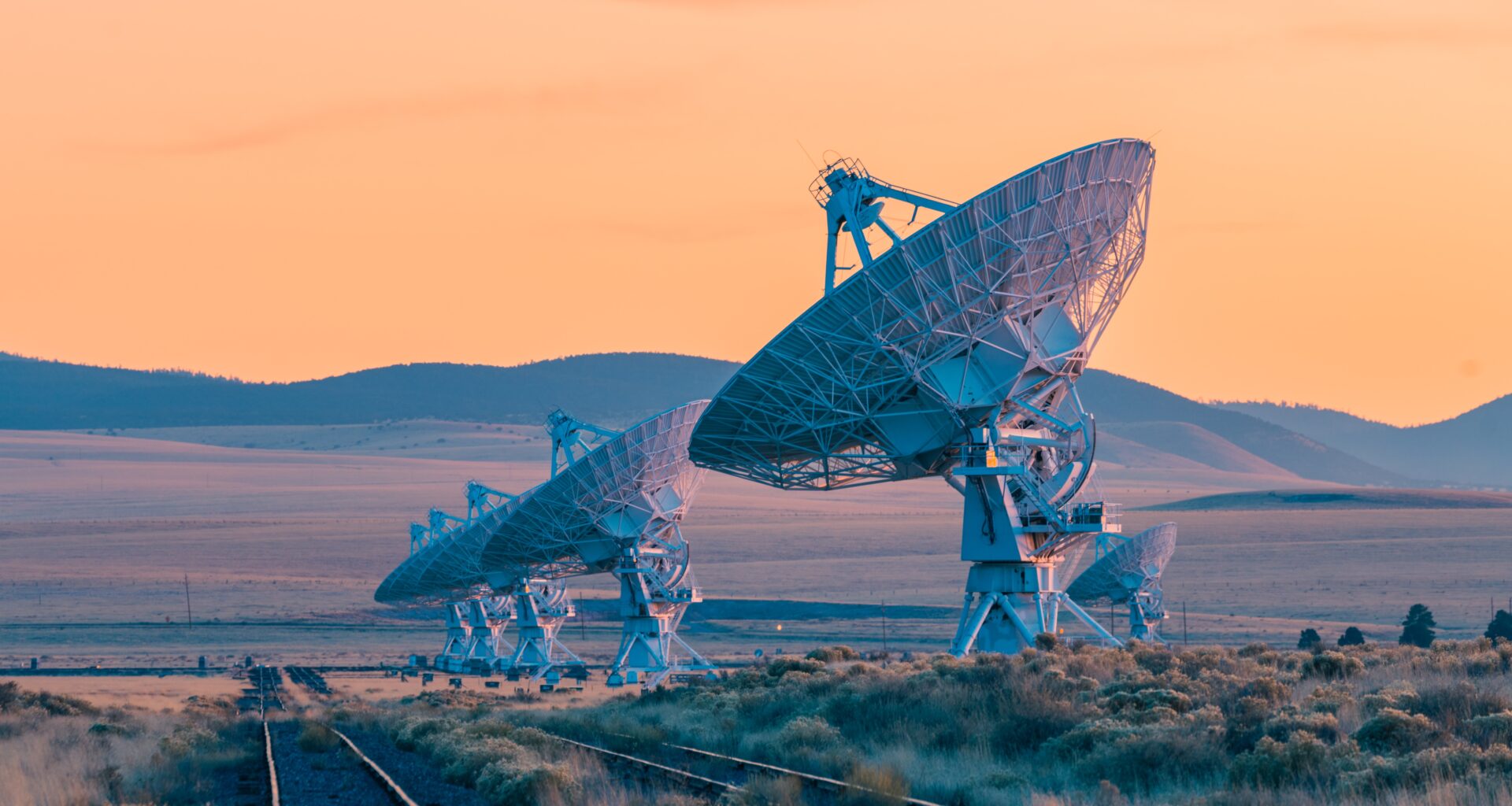










1 comment